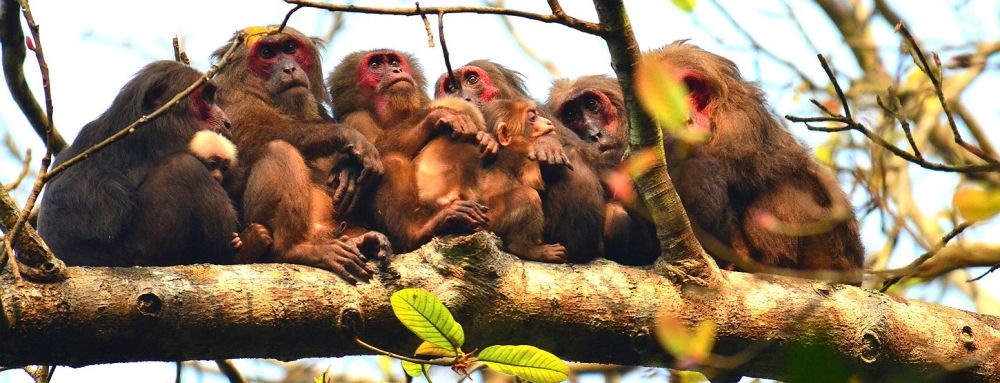

The Hoolongapar Gibbon Sanctuary, nestled in the district of Jorhat in the northeastern state of Assam, India, is a pristine haven for the Hoolock gibbon, India's only ape species. This sanctuary is named after the presence of hoolock gibbons and the Hoolong trees that are prevalent in the area.
The sanctuary was originally established as a reserve forest in 1881, but it took over a century before it was officially recognized as a sanctuary in 1997, under the name Gibbon Wildlife Sanctuary. Its name was later updated to Hoolongapar Gibbon Sanctuary to reflect the local flora and fauna.
Since its inception as a wildlife sanctuary, it has drawn the attention of primatologists, nature enthusiasts, and conservationists due to its unique biodiversity. With the turn of the 21st century, the sanctuary gradually started gaining popularity among eco-tourists and those interested in primate life.
Recent tourism trends indicate an increasing interest in sustainable and responsible tourism practices. Tourists visiting the sanctuary are encouraged to minimize their carbon footprint and to respect the natural habitat of the gibbons and other species living within the sanctuary.
Eco-tourism initiatives have been implemented, promoting the importance of conservation while allowing visitors to experience the wilderness and the life of gibbons in their natural habitat. These eco-friendly trends come with educational components, where tourists partake in guided tours that inform them about the gibbons and the challenges faced for their conservation.
Visitors to the Hoolongapar Gibbon Sanctuary have the opportunity to observe a variety of primate species, including the hoolock gibbons, capped langurs, stump-tailed macaques, and rhesus macaques. The sanctuary also harbors a rich diversity of flora, making it a perfect spot for birdwatching and nature photography.
Among the most unique experiences is the early morning walks accompanied by local guides, who help tourists spot gibbons as they sing and swing from branch to branch. The ethereal morning mist combined with the symphony of gibbon calls creates a surreal atmosphere that is both tranquil and exhilarating.
Reaching the Hoolongapar Gibbon Sanctuary is relatively convenient, with Jorhat being the nearest major city. Jorhat is well connected by air, road, and rail to the rest of India. Visitors can hire taxis or take public transport from Jorhat to reach the sanctuary.
Conservation efforts within the sanctuary have been rigorous, with numerous NGOs and government agencies working together to preserve this delicate ecosystem. Increasing environmental awareness campaigns have also helped in drawing attention to the sanctuary, underlining the importance of protecting the gibbons and their habitat for future generations.
Hoolongapar Gibbon Sanctuary offers an extraordinary chance to witness the interplay of rare primates and elaborate ecosystems within India's rich natural heritage. Its increasing popularity serves as a testament to the growing interest in eco-tourism and wildlife conservation worldwide. For those who cherish nature and its inhabitants, a visit to this sanctuary promises a profound and unforgettable encounter with the wild.